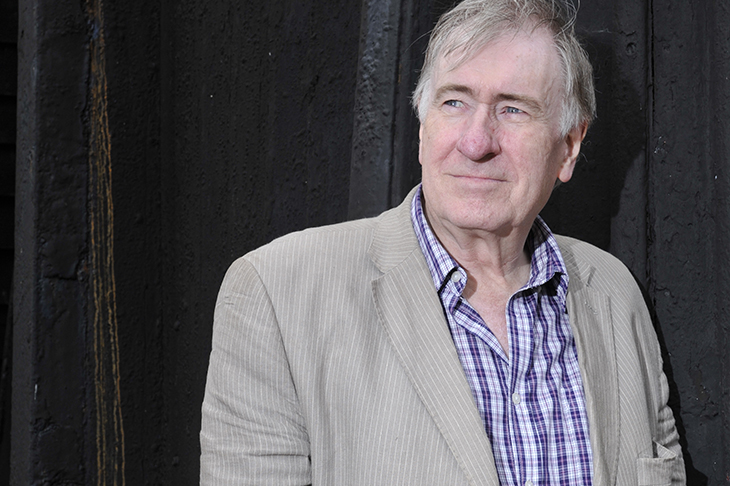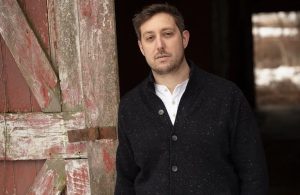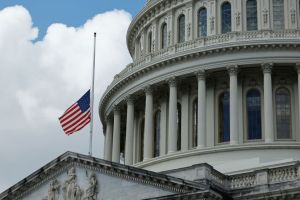In the immediate aftermath of 9/11 many writers spoke of feeling immobilised. The scale of the attacks and the world’s shared experience of the media event seemed to demand a response; but simultaneously writers such as Ian McEwan, Martin Amis and Jay McInerney described a sense that the tools at their disposal were inadequate — that the reality of what had taken place exceeded fictional representation. These three all recovered from their shock reasonably quickly, contributing to the flood of 9/11 fiction that poured into bookshops during the 2000s.
In recent years this torrent of novels and stories has slowed, but as Christopher Priest’s eerily powerful An American Story demonstrates, it most certainly has not stopped. Set a couple of years in the future, in a world that may or may not be our own (electric cars have become standard and an independent Scotland is part of the EU), Priest’s novel is narrated by Ben Matson, a freelance journalist who earns his living writing for science magazines. As the book opens, Ben is living in Bute with his partner Jeanne and their two sons. It’s a happy life, but that changes when Ben notices a news item mentioning the death of the Russian mathematician Kyril Alexeyevich Tatarov.
The announcement of his death, together with the discovery of the wreckage of what seems to be an airliner off the east coast of the United States reopens Ben’s long-standing obsession with the question of what really happened to his former lover, Liv, who was supposedly on board American Airlines Flight 77 when it crashed into the Pentagon.
Priest unravels Ben’s efforts to discover the truth about Liv’s disappearance with the deliberate, almost icy precision that is his trademark — a precision made the more uncanny by the gradual unstitching of the reality it so carefully describes. For as Ben’s narrative bounces back and forth in time, far more disturbing possibilities begin to suggest themselves. Who, for instance, is the woman with whom he finds himself briefly sharing his company’s flat in London? Is she simply an employee from another division as she claims, or is she somebody he has met before?
And how is it that so many people he knows have been touched by 9/11? Jeanne’s lawyer father died in mysterious circumstances while working on reparations for the victims, and her increasingly confused mother claims to recognise people from that time. Was Liv really who she said she was, or was she involved in something more clandestine? And what is the real agenda of her ex-husband, Martin Viklund?
These concerns converge in the figure of Tatarov, whose work has led him to believe it might be possible to reshape reality by altering our consensual understanding of it. Or, as Tatarov puts it at one point: ‘If people define situations as real, they are real in their consequences. In other words, the interpretation of a situation causes the action.’ These words take on a sinister ring in an age when our understanding of the world is almost entirely mediated by technologies such as social media.
Simultaneously, the novel suggests that something is seriously amiss in the official account of what happened on 9/11. Exactly where Priest stands on this question is not clear: while in the book’s acknowledgements he distances himself from what he describes as the ‘crackpot conspiracy stuff’, he admits that ‘some of the material is undeniably intriguing’. In a world where the question of what news is real or fake is increasingly difficult to divine, the whiff of paranoia this produces lends An American Story a distinctly queasy edge. Yet, in one of the many ironies contained within this profoundly odd and unsettling novel, it also goes some way towards demonstrating its point about the power of consensus to shape reality
This article was originally published in The Spectator magazine.


















